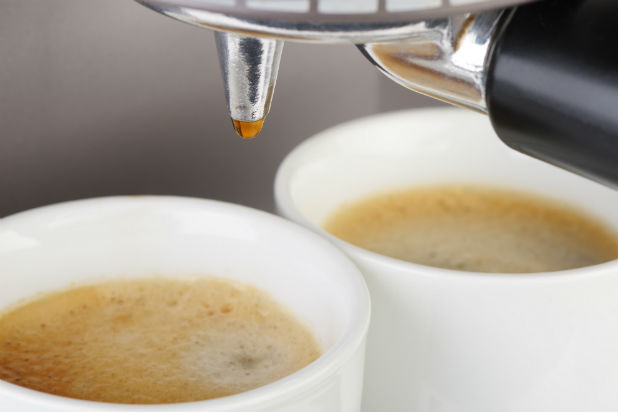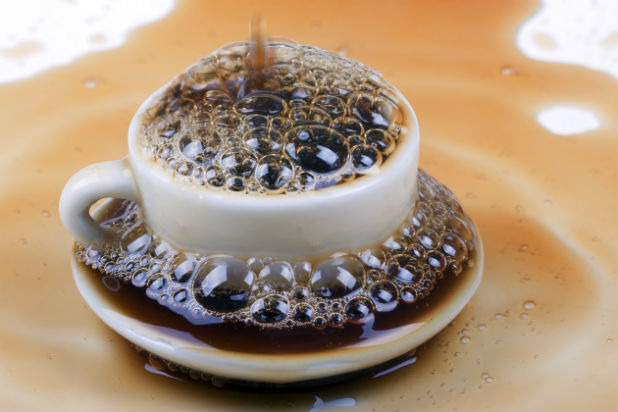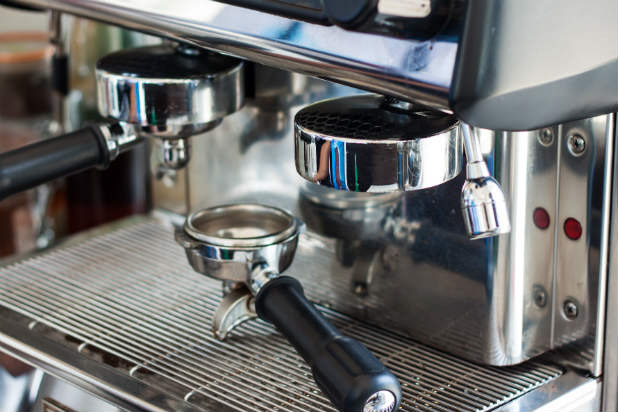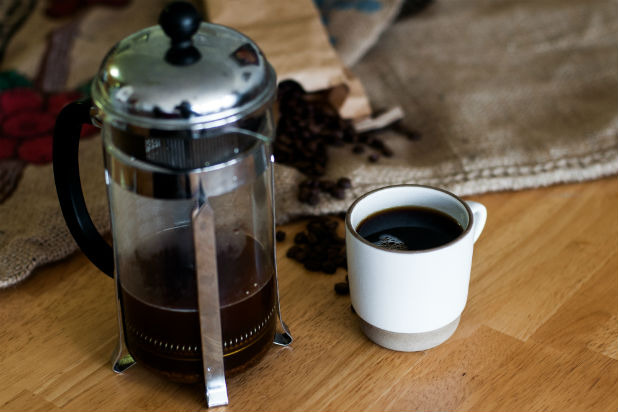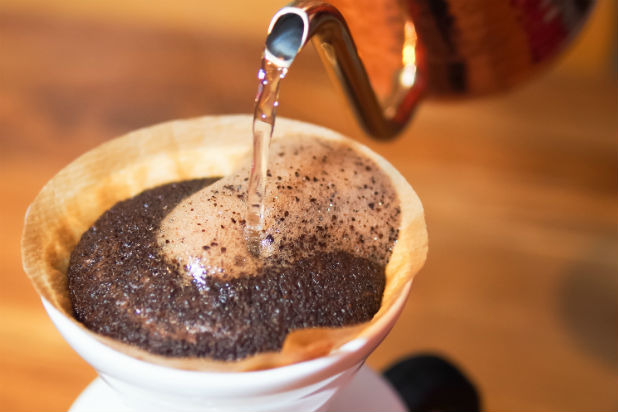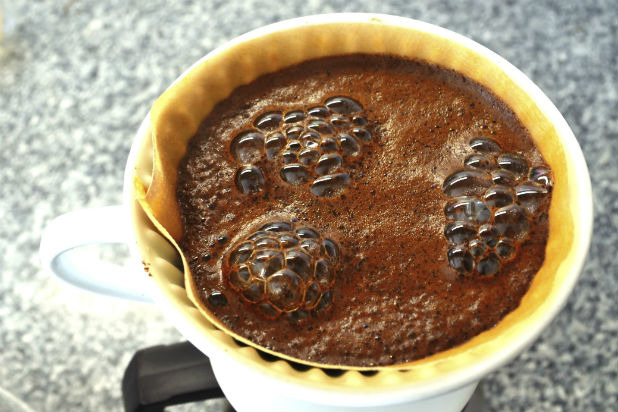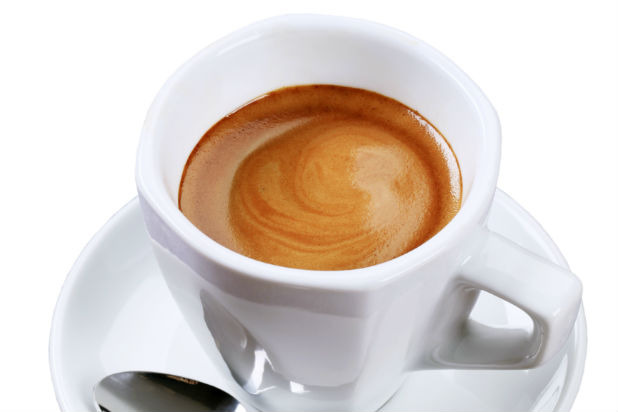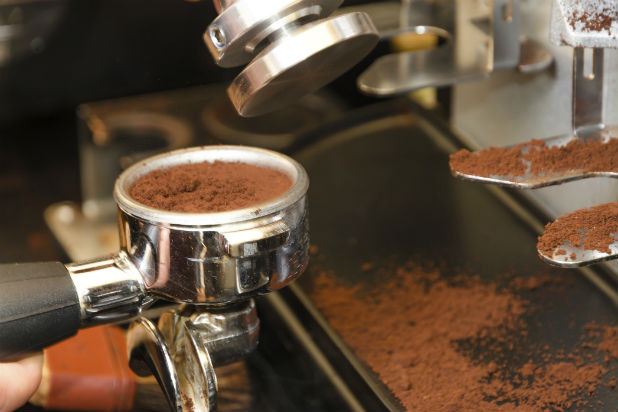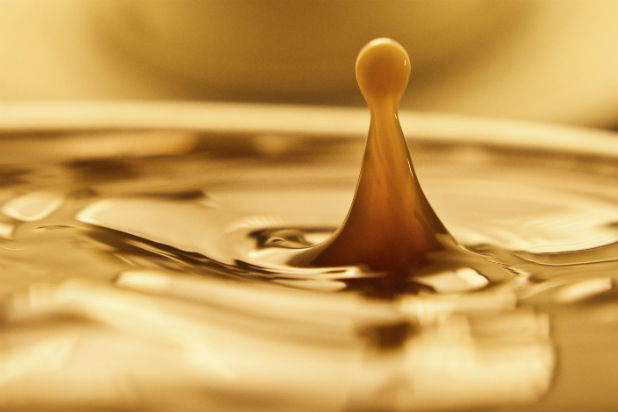You've Been Brewing Your Coffee All Wrong
Keep these tips in mind when brewing your next cup of coffee.
Throw Out Your Automatic Drip
You know those first few drops that sizzle when they hit the empty coffee decanter? That's your coffee burning, ruining the whole pot. On the higher end, drip coffee makers have gotten a lot better, but you're going to shell out a lot of cash for something that will still only ever make a passable brew.
Boiling Water = Burnt Coffee
Water temperature is extremely important when brewing a great cup of Joe. Boiling water (212 degrees F) is too hot, and will make the coffee excessively bitter. Using water below 195 degrees F will result in flat, weak, unextracted coffee. The ideal temperature is between 196-205 degrees F. Before you brew, make sure the water has completely stopped bubbling after bringing it to boil, but don't wait too long to start pouring.
Forget Fancy Equipment
Sure, there are some cool gadgets out there that make a great cup of coffee. The Chemex, the Aeropress, and the Technivorm all do a wonderful job, but you're going to pay out the nose for this gear, plus all of the specialty filters needed to use them. Unless you're a total coffee nerd, don't spend the money.
The French Press
It's a tossup for my favorite method of brewing coffee, and the French press is one of the winners. The key is to pour just a little bit of hot water in at first to release the coffee from the grind, then to pour the rest in slowly. Stir the grounds after a minute, and then wait a full six minutes before pressing down on the plunger.
The Coffee Cone
This is how I make my coffee every morning. Not only is it the most cost-effective way, it's also the best-tasting coffee I've ever made. I use the Hario V60, a ceramic cone with ridges to evenly channel the water. It's very important to go slowly, and to pour an even volume of hot water. The whole process takes about four minutes, but the ritual, the active but slow pace, becomes part of the pleasure.
Unbleached Filters for the Cleanest Cup
It's not like there's a discernible difference in taste between bleached and unbleached filters, but there's enough evidence to suggest that the chemically treated ones leach nasty stuff like dioxins into your coffee, and therefore into you. I use Melitta unbleached #2 filters with my coffee cone.
Moka Pot for At-Home Espresso
Low and slow is again the mantra here. Make sure the flame on your stove doesn't go above medium-low, and be patient. Once the coffee starts to perk, pour those first few drops into a small carafe with about two tablespoons of raw sugar, and mix to make a viscous paste. Stir the mixture back into the coffee pot once it's done brewing, and you've just made authentic café Cubano.
Use the Proper Grind
Depending on what method you use, you'll want to grind your coffee differently. For a French press, a coarser grind is preferred, and the evenness of that grind is very important. For a coffee cone, something just a notch coarser than a "standard drip" grind works best. For a Moka Pot, a finer espresso grind is perfect, but be sure not to tamp it down in the filter basket or the water won't be able to penetrate properly.
Use Filtered Water
In most places, straight tap water contains impurities that can affect the taste of your coffee. One way around this is to use bottled water to make your brew, but that gets expensive and creates a ton of landfill waste. Instead, take the middle road and invest in a Brita or Pur water filtration system. They do a great job of filtering out impurities while leaving the minerals in water that are essential to a great cup of coffee.

